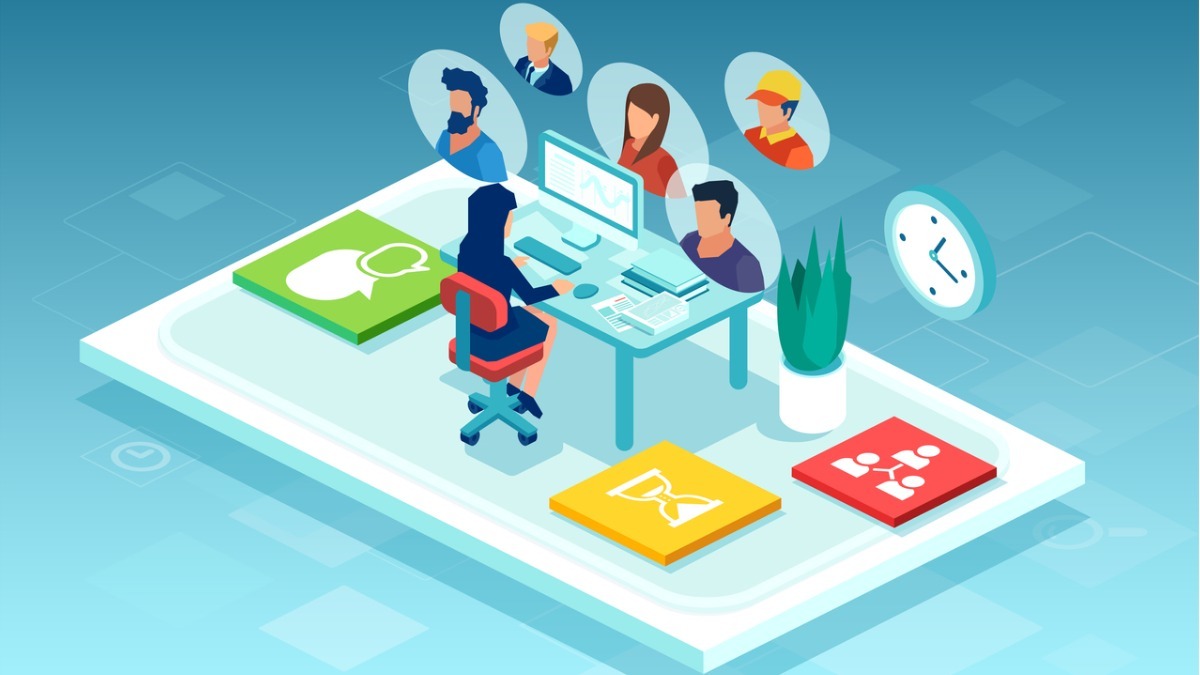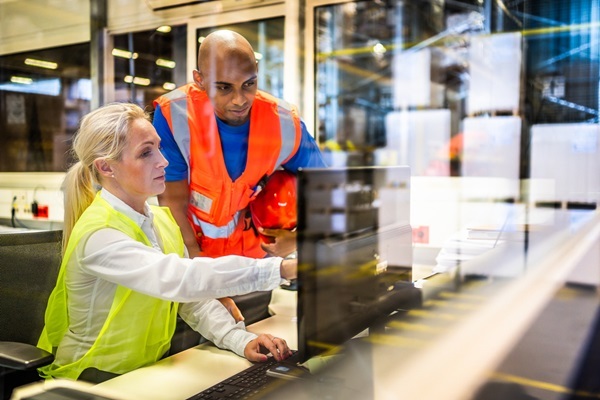Introducing the Superagent – the future of customer support
Sponsored by Upscope
When it comes to customer services, there’s a new normal in town…
The hurdles we’ve all had to clear during the global pandemic are gradually coming to an end. But while the shock for businesses has subsided, what’s interesting is the way it’s accelerated the deployment of online-only customer services.
Practically, this change has meant many businesses have invested even more in their web-based support functions, spinning up browser-based customer services where there previously were none. It’s hard to see them ever going back.
Many brands, however, were already making this move, and the necessity triggered by Covid-19 has accelerated this shift. At Upscope we’ve already been working with “online only” customer service teams for the past six years, so this comes as no surprise to us.
Things are far different to the call centres of the past. Long gone are the huge office buildings filled with rows and rows of desks, manned by stressed support operatives. In today’s world, the above description couldn’t be further from the truth.
The modern-day support Superagent has a lot more responsibility than the customer support agents of old. Thanks to the influence of AI and automation, ’super agents’ are only becoming more helpful and specialised than ever before.
What do superagents look like?
We’re quickly becoming used to chatbots and automated responses that have been deployed by businesses to tackle the majority of simple (and time-sapping) issues customers tend to call about. This means that the only issues which reach a human tend to be more specialised and nuanced, or require a more bespoke solution.
This change in job requirements has propelled the traditional role of the customer service operative or customer support agent upmarket – with the term “superagent” quickly becoming a more apt term for these new multi-skilled workers.
 here.
here.
Business Reporter Team
You may also like
Most Viewed
Winston House, 3rd Floor, Units 306-309, 2-4 Dollis Park, London, N3 1HF
23-29 Hendon Lane, London, N3 1RT
020 8349 4363
© 2025, Lyonsdown Limited. Business Reporter® is a registered trademark of Lyonsdown Ltd. VAT registration number: 830519543



